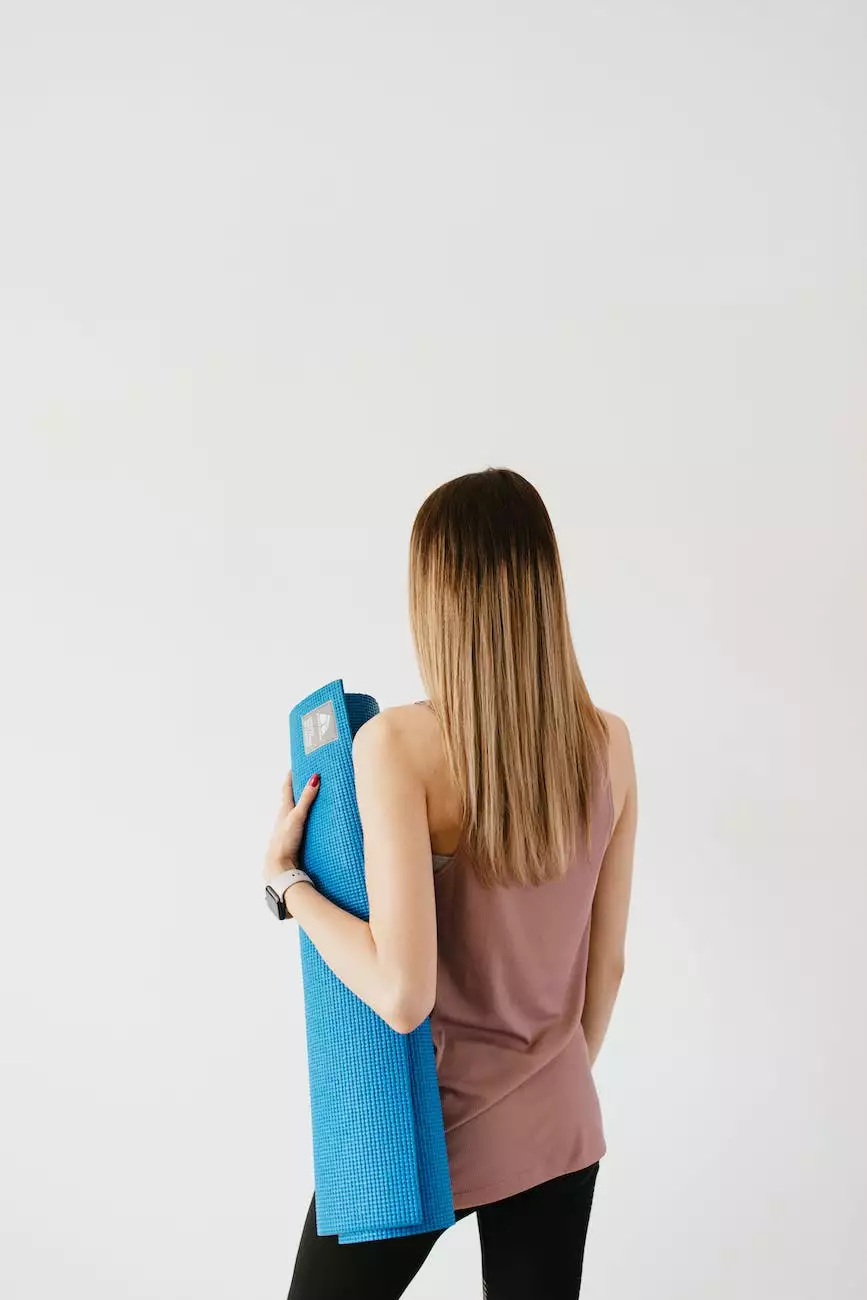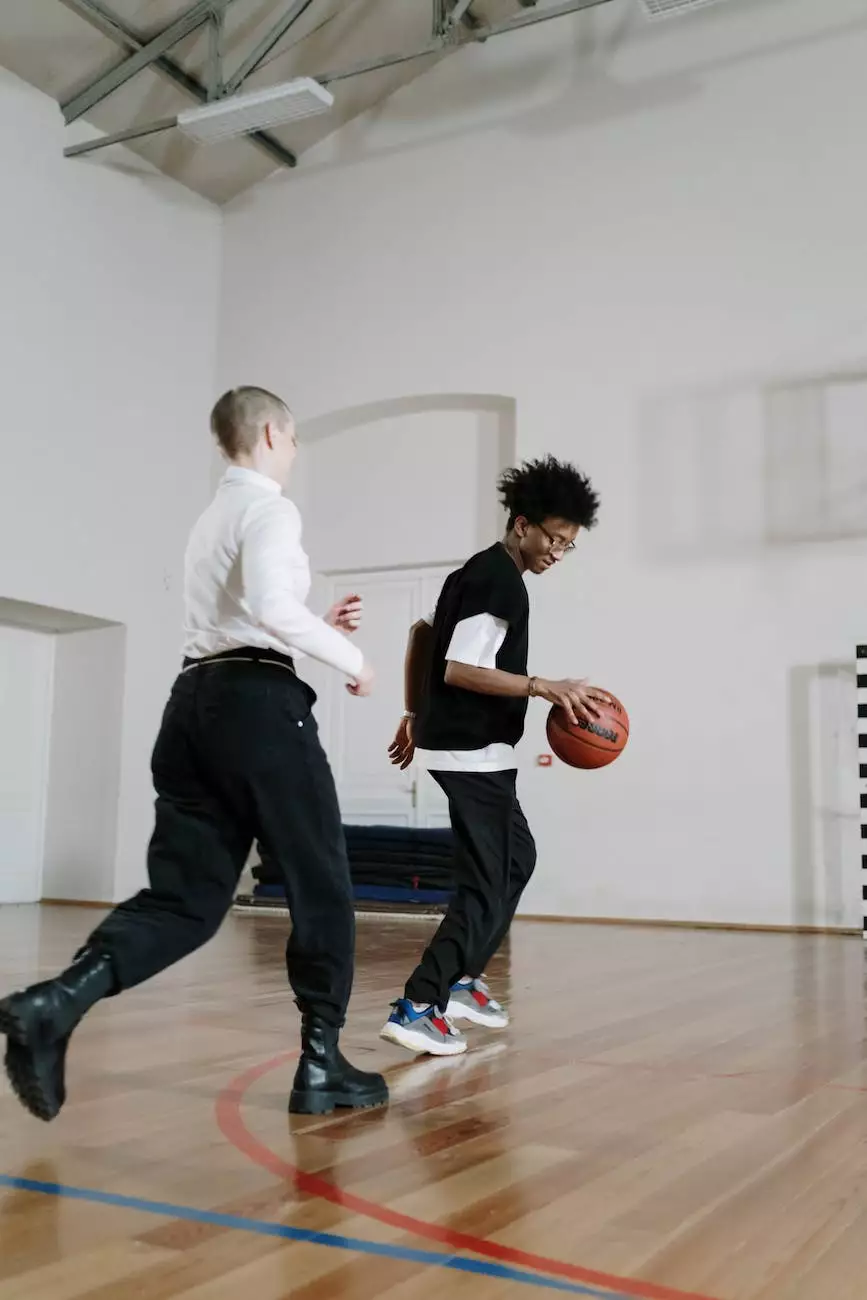A Beginners Guide to Pilates
Blog
Introduction
Welcome to Phoenix Medical Services' blog, where we provide a comprehensive beginners guide to Pilates. In this article, we will delve into the world of Pilates, discussing its history, benefits, principles, exercises, and how it can improve your overall well-being.
What is Pilates?
Pilates is a low-impact exercise method developed by Joseph Pilates in the early 20th century. It combines elements of yoga, ballet, and calisthenics to improve flexibility, strength, and body awareness. Pilates focuses on controlled movements, proper alignment, and breathing techniques to enhance physical and mental well-being.
The Benefits of Pilates
Pilates offers a wide range of benefits for both the body and mind. It helps improve core strength, flexibility, balance, and posture. By engaging the deep muscles of the abdomen, back, and pelvic floor, Pilates can alleviate back pain and improve overall spinal health. Regular Pilates practice can also enhance athletic performance and prevent injuries.
Additionally, Pilates promotes relaxation and reduces stress through its emphasis on proper breathing and mind-body connection. It can enhance mental clarity, concentration, and overall mental well-being.
Furthermore, Pilates is suitable for people of all ages and fitness levels. Whether you are a beginner or an advanced practitioner, Pilates can be adapted to your individual needs and goals.
The Principles of Pilates
Pilates is guided by a set of principles that form the foundation of the practice. These principles include:
- Control: Pilates emphasizes controlled and precise movements, focusing on quality over quantity.
- Concentration: Concentration is key in Pilates to ensure proper form and alignment throughout the exercises.
- Centering: Pilates emphasizes the activation of the body's core muscles, often referred to as the "powerhouse."
- Flow: Pilates encourages smooth and flowing movements to improve overall body coordination.
- Precision: Precision ensures that each movement is performed with accuracy and attention to detail.
- Breathing: Proper breathing techniques are vital in Pilates to optimize oxygen flow and enhance relaxation.
Pilates Exercises for Beginners
Here are some beginner-friendly Pilates exercises to get you started on your journey:
1. The Hundred
The Hundred is a classic Pilates exercise that targets the core muscles and increases overall body circulation. It involves lying on your back, lifting your head and shoulders off the mat, and pumping your arms while breathing deeply.
2. The Roll-Up
The Roll-Up helps strengthen the abdominal muscles and increase spinal flexibility. Starting from a lying position, you gradually roll up to a seated position, articulating your spine one vertebra at a time.
3. The Single Leg Circle
The Single Leg Circle targets the hip and thigh muscles while enhancing pelvic stability. By drawing circles with one leg while lying on your back, you engage the core and improve lower body strength.
... and so on, continue to describe more Pilates exercises ...Conclusion
In conclusion, Pilates is a beneficial exercise method that promotes physical strength, flexibility, and mental well-being. Phoenix Medical Services' blog hopes that this beginners guide to Pilates has provided you with valuable information to start your Pilates journey. Remember to consult with a certified instructor and listen to your body's needs and limitations as you progress. Begin your transformative Pilates journey today!




